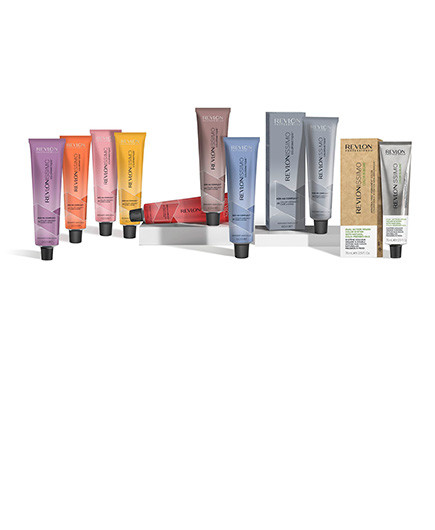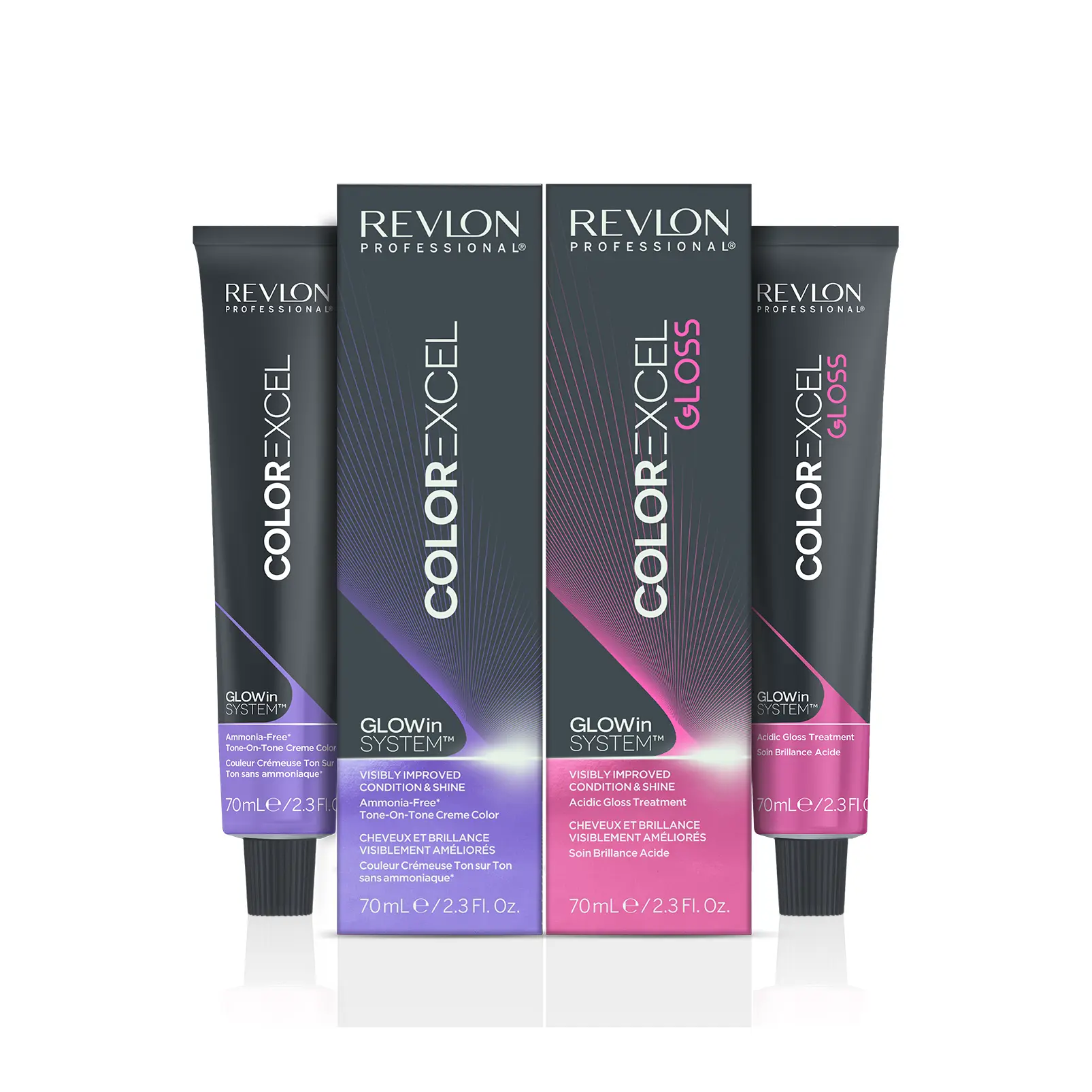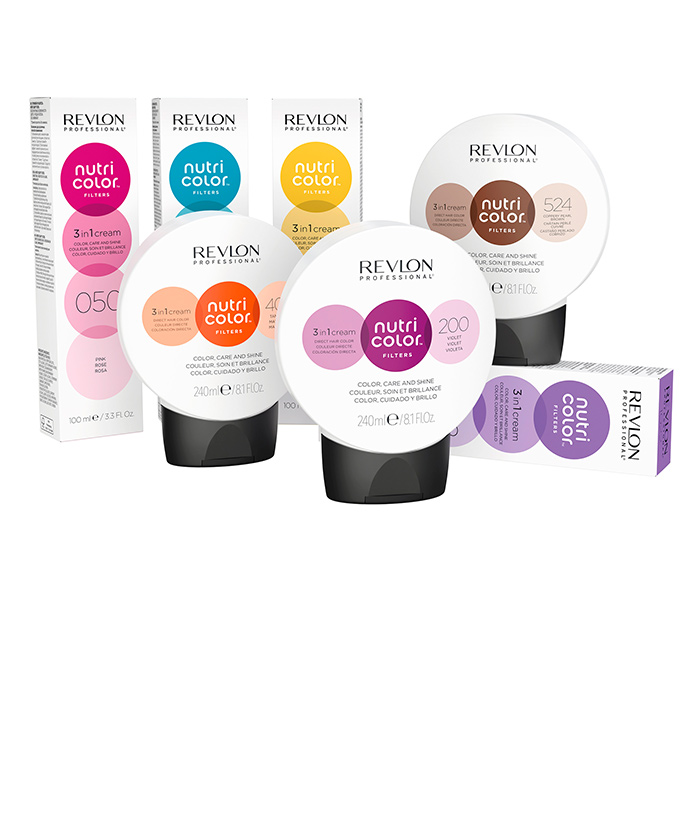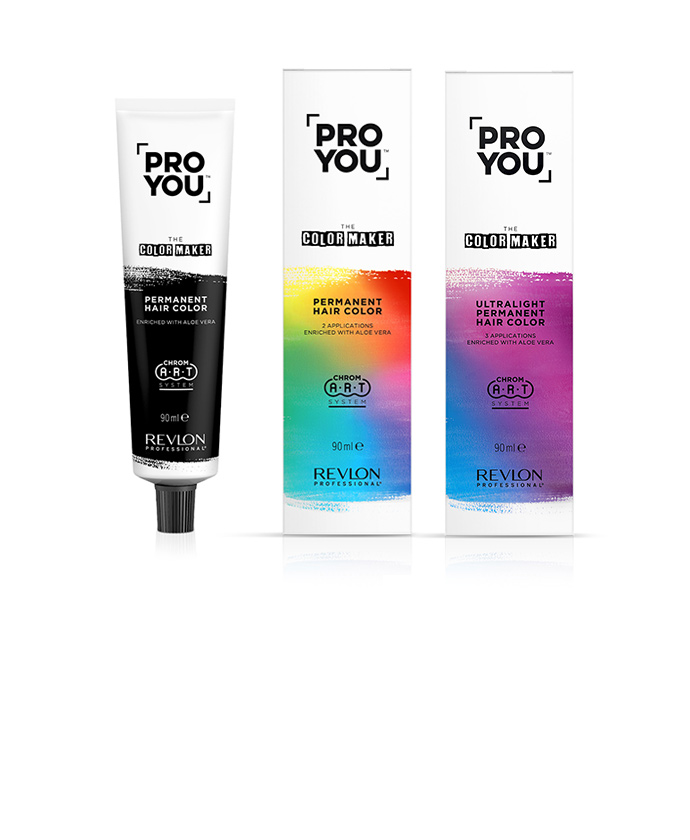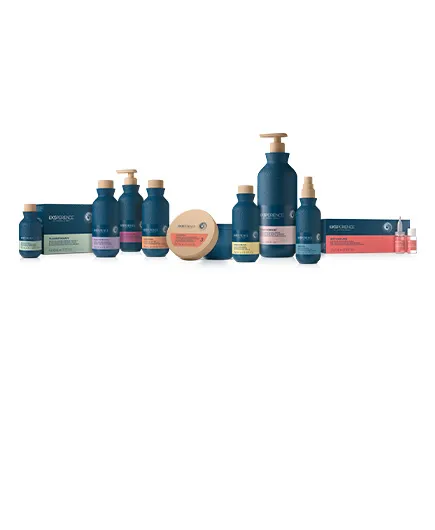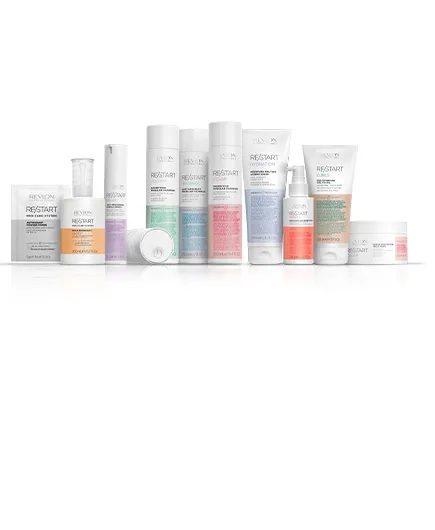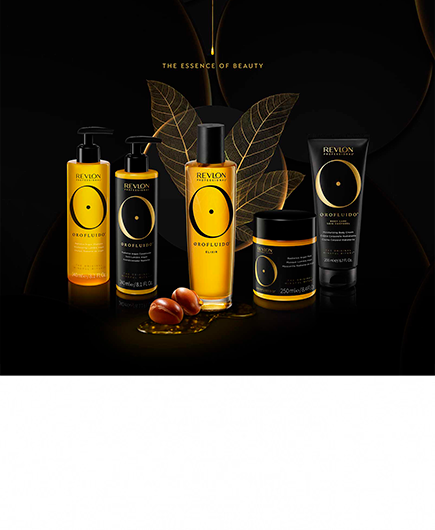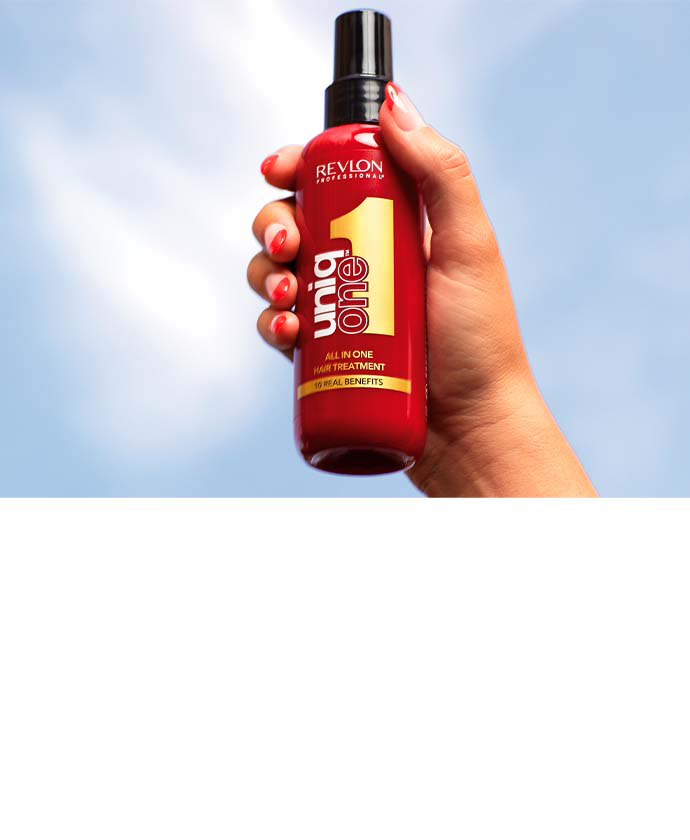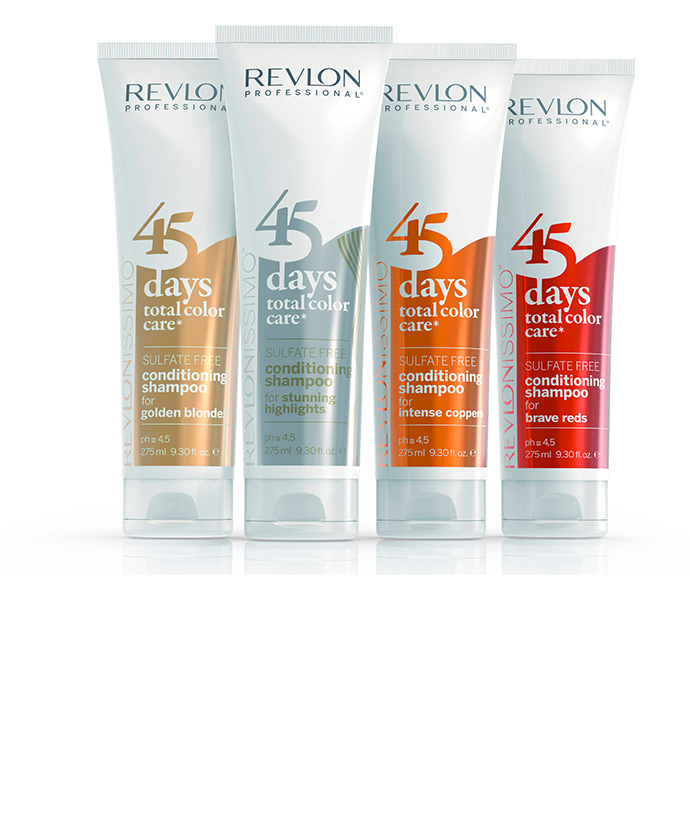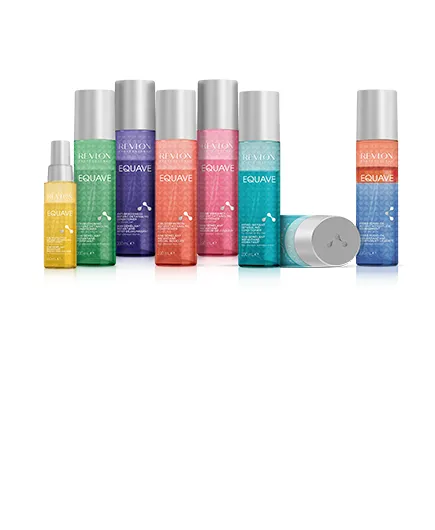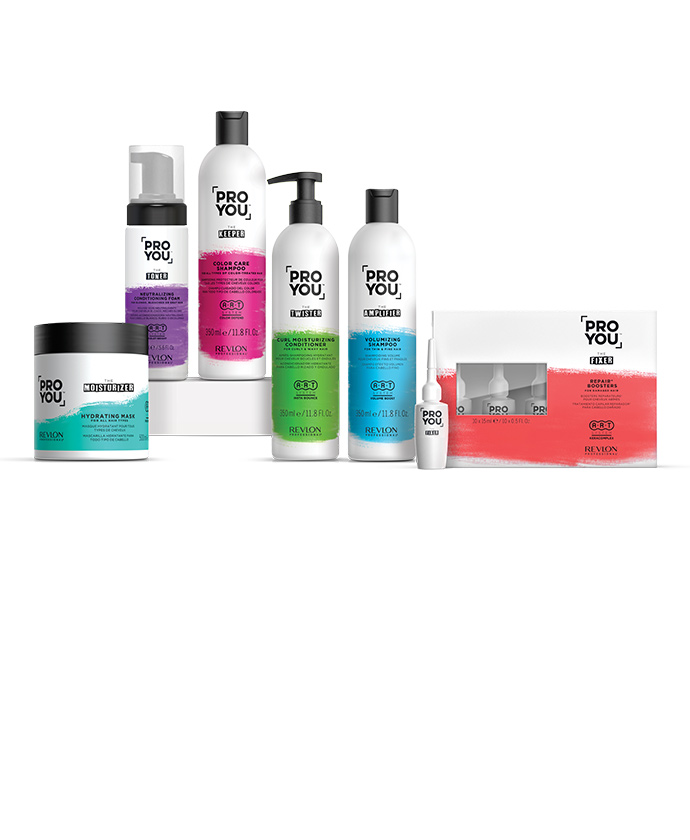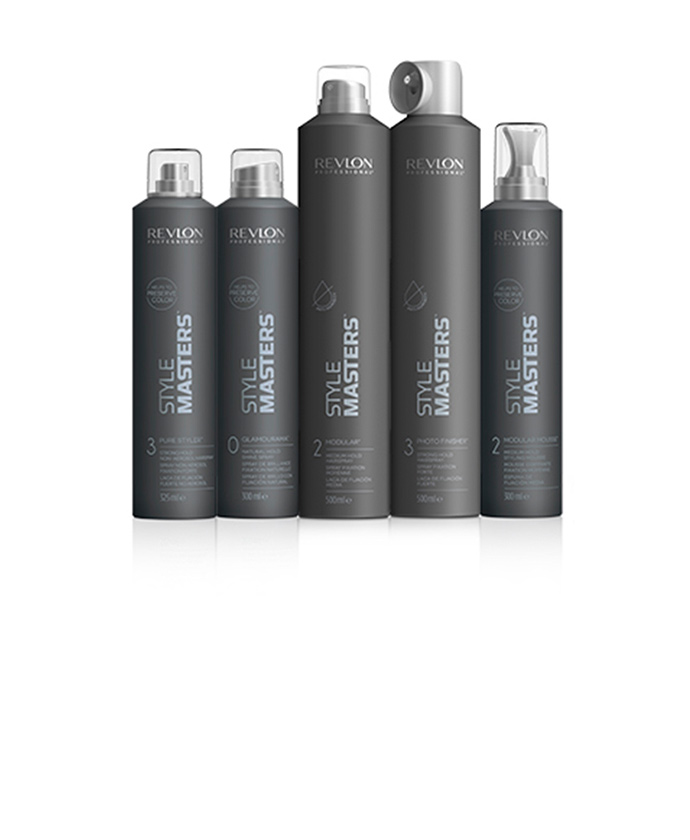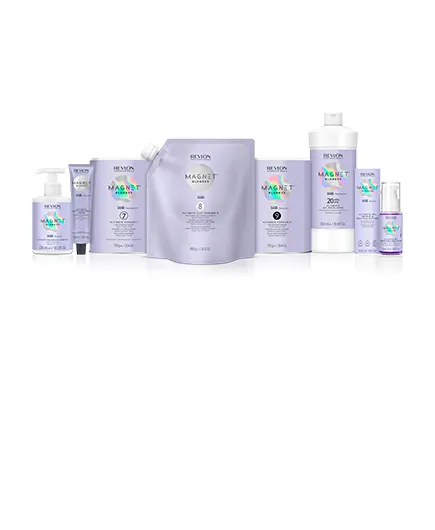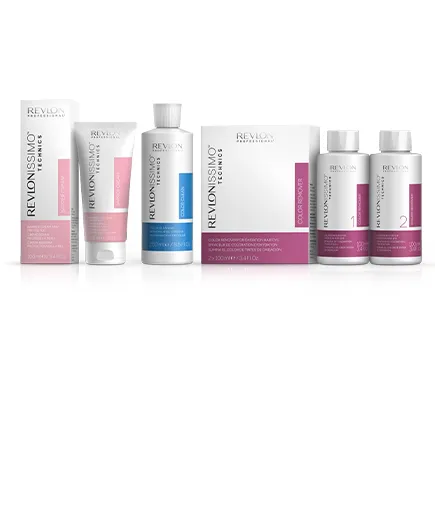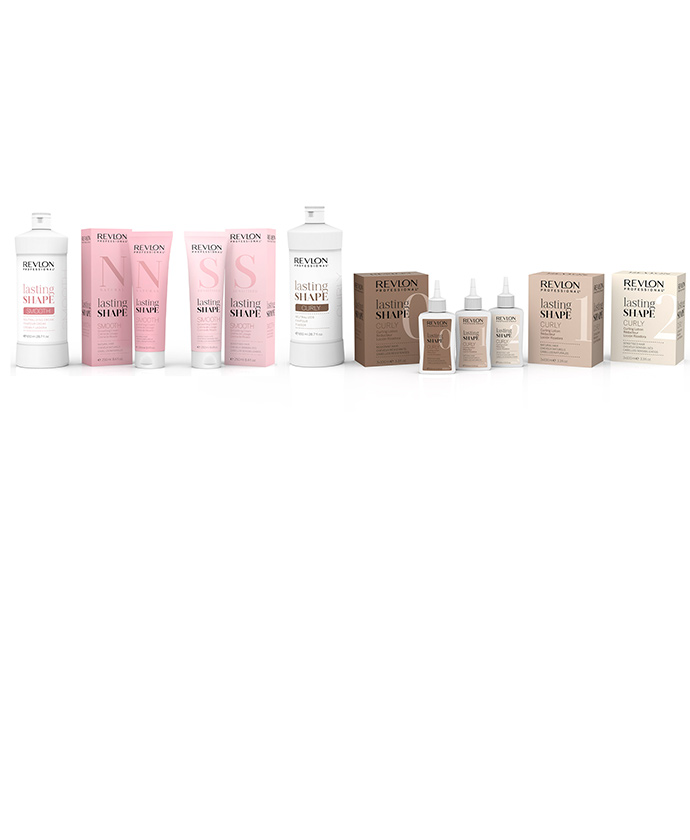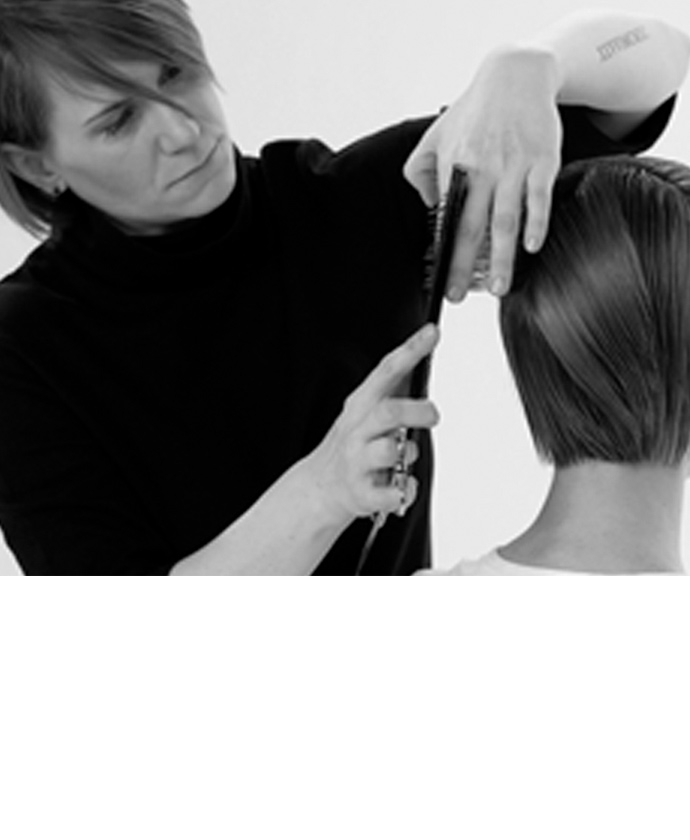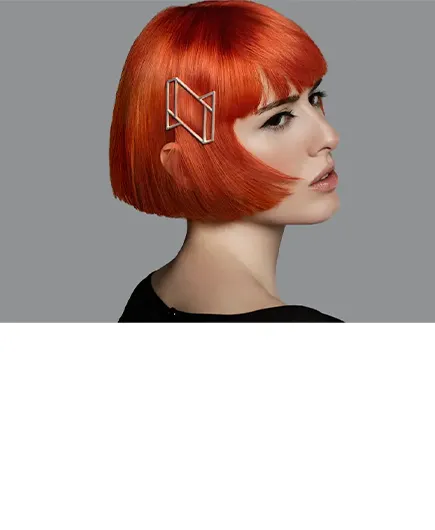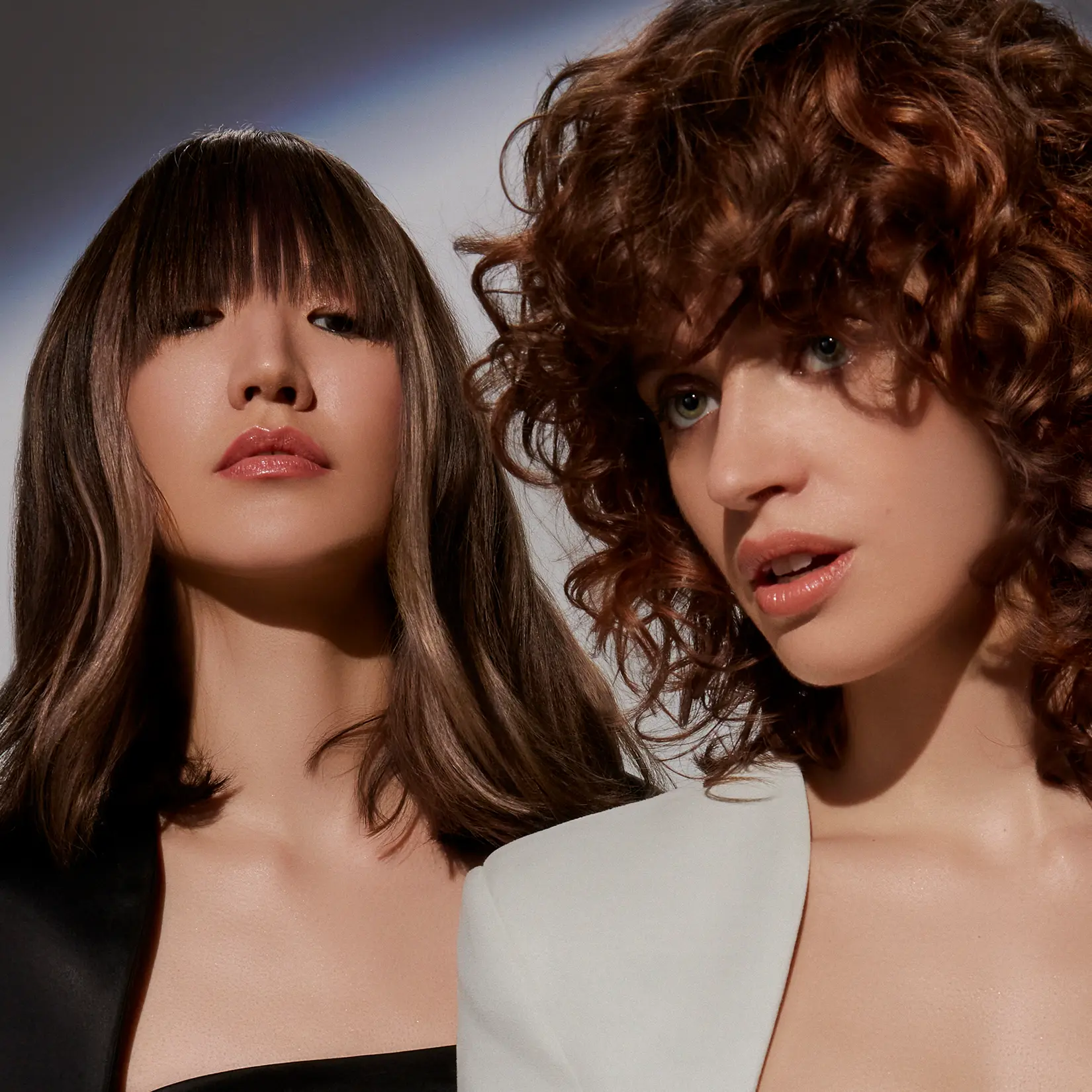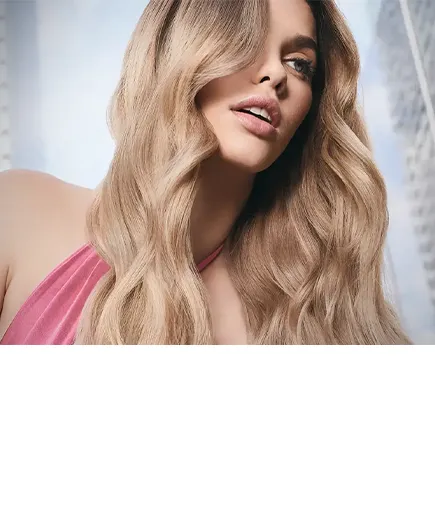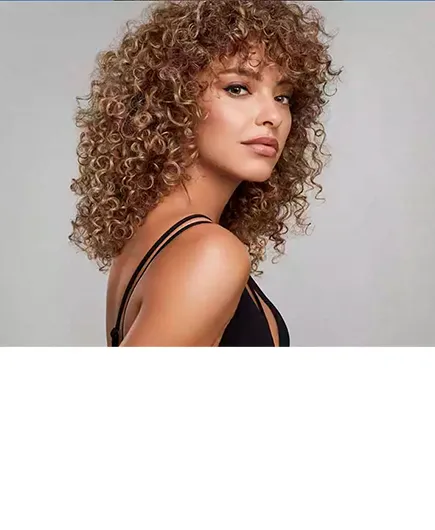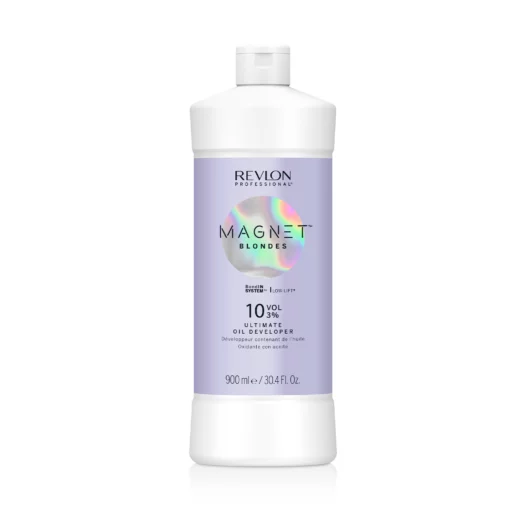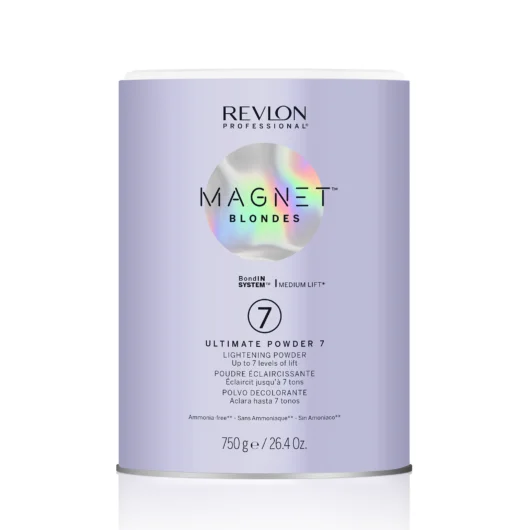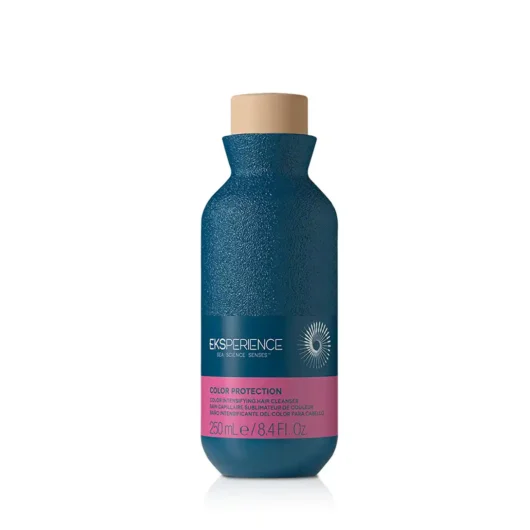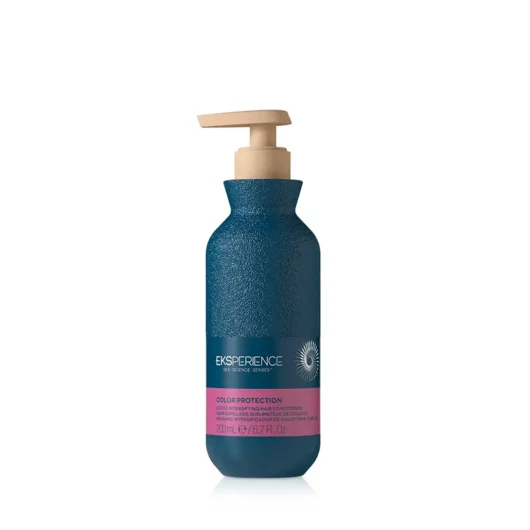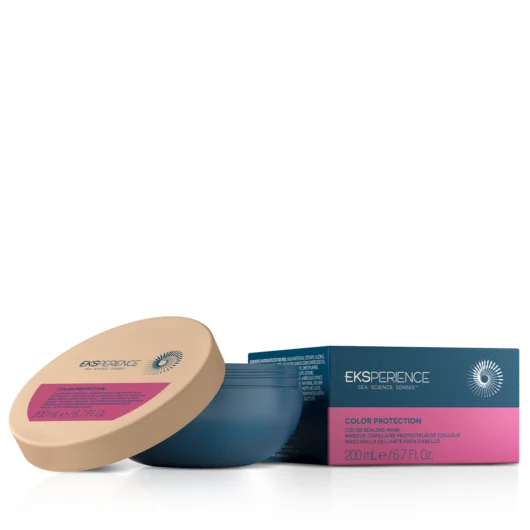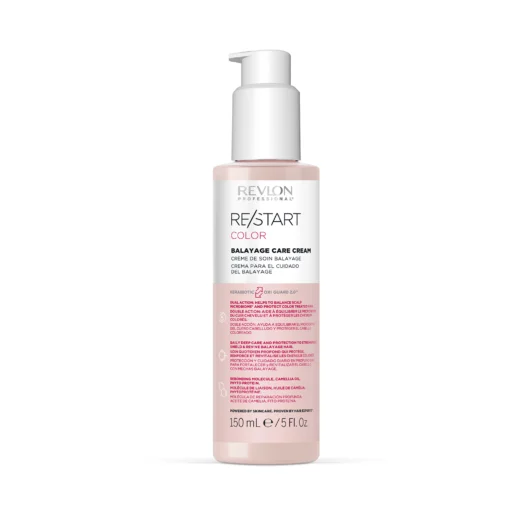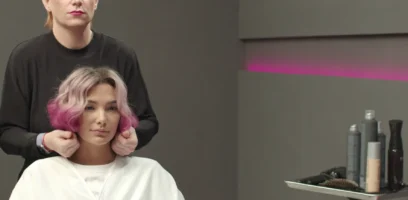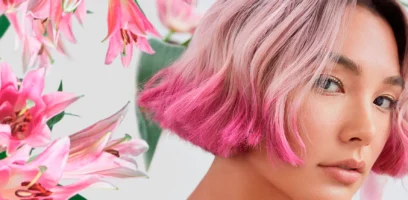How to create the best balayage technique: tips for a perfect application
The balayage color application technique is one that has quickly risen to fame in the beauty world. Seemingly taking over the top hair color trends overnight, balayage (pronounced bah-lee-ahj) is a low-maintenance way to achieve lighter locks with a stunning, naturally-blended look. As one of the most sought-after services in hair colorist’s chairs around the globe, the balayage trend isn’t going anywhere anytime soon. That’s why we’re laying out some of the latest tips and methods in balayage, so that you can provide your clients with the ultimate lightened look.

What Is Balayage?
Balayage is the color application technique used to create that “summer beach hair” look that is so desired among clients. It originates from the French word “to sweep” and uses a unique freehand painting technique to add natural-looking brightness and dimension to the hair. This painting process, when compared to traditional foil highlights, offers a great deal of creative freedom to the hair colorist—who can customize the perfect balayage to fit each client’s desired look.
Balayage is typically seen as a color technique that delivers brightness around the face, blended roots, lighter ends, and a soft, natural gradient. When it comes to perfecting this technique, it’s crucial that the highlights are applied to specific locks of hair in just the right way—to create light in places where the colorist feels it will enhance the client’s beauty most. It ideally uses two color shades to achieve a luminous and more delicate effect. Although balayage is most often associated with blonde tones, it can also be beautifully done with pastel, caramel, and other hair color shades as well.
Balayage vs Other Color Application Techniques
Some examples of questions to keep in mind when deciding between balayage and another color technique include asking the client if they want to lighten the tone by more than four levels, and if so, if they will have enough time to come in for multiple sessions if needed. Or, it may be worth discussing if they will need to come in on various spaced-out days to achieve the desired look. These are just some of the reasons why, perhaps, a balayage wouldn’t be the best fit for a particular client. Additionally, a well-done balayage will typically take at least three and a half hours to complete. As a hair color professional, it’s crucial to manage your time wisely if you want to achieve a flawless, natural-looking result within a reasonable time frame.
In some cases, other color applications may end up being the better choice, such as traditional foils, babylights, or the equally marvelous ombré technique. To help you discover more about these popular techniques, we’ve put together a helpful guide on the differences between ombré and balayage.
Is Balayage the Right Technique for Your Client?
Achieving head-turning balayage results all comes down to asking the right questions and taking into account a few important factors when deciding if this technique is best for your client. Although many balayage enthusiasts will assume it’s the most suitable technique to achieve their desired hair color effect, it’s up to the color professional to guide them in the right direction. This includes asking the client about their hair color history, assessing the current quality of their hair, and fully understanding their goals. Only then, can the ideal hair application technique be decided upon for the best possible results.

Balayage: Creativity, Technique, and Products
The potential for creative expression is limitless with the balayage technique. By painting free-hand highlights onto the hair, hairstylists can select strands of hair to lighten one by one—with maximum control over where and how color is applied. This is usually done by first dividing the hair into four sections, beginning at the back of the neck. Next, it’s generally recommended to gently comb the strand of hair that you are going to lighten, and then saturate the hair with your lightener of choice. To achieve a finish that offers rich dimension, depth, and light, combine Magnet™ Blondes Ultimate Powder 7 with Magnet™ Blondes Ultimate Oil Developer 30 vol. It’s also often ideal to leave out a few uncolored sections of hair, to organically disperse some gorgeous contrast with the client’s natural hair color.
Explore Color With Balayage
Like with all color techniques, it’s always imperative that colorists protect the health of their clients’ hair. For this reason, we recommend adding in Magnet™ Ultimate Technical Additive to the lightening mix to help enhance hair strength, while ensuring optimum hair color. As you paint each section of hair, be sure to saturate thoroughly. It’s at this point that your artistic creativity can really shine! Try to really identify your client’s personality, feel their hair, and observe how the product’s texture responds to your hands. This will tell you where to apply color in just the right places to really enhance your client’s look. And here’s a little trick: Never forget to focus on lightening the strands of hair that frame the face, to add brightness and an enviable effect!

Once you have decided on which strands of hair to lighten, and the best shade for your client’s needs, it’s time to rinse the hair and apply a toner. Apply Color Excel Gloss by Revlonissimo™ in your selected tone (which only requires 4 vol. developer) to help achieve the most complementary tone for your client. Always remember to consider that warmer or cooler tones work best with different skin tones and hair types. Lastly, you can even play with multiple tones to create a personalized, unique style that truly demonstrates your expertise as a stylist.
How to Care for and Maintain Your Balayage
While there are endless reasons to love that gorgeous balayage effect, one of the top benefits is its minimal maintenance. Rocking a balayage may very well be one of the easiest, low-maintenance ways to go lighter, while still maintaining the health of your hair. Since the color doesn’t start at the roots (unless color is applied to cover gray hair), the client’s hair color will be fairly long-lasting and without a dramatic demarcation line. However, it’s still important to recommend the ideal post-color products to your clients to help them maintain their color—like Eksperience™ Color Protection, a sulfate-free hair cleanser to help keep blonde looking naturally bright for longer.
To keep your balayage looking vibrant and healthy, it’s essential to use the right aftercare products. For optimal maintenance, consider incorporating the Revlon Professional RE/START Color Balayage Care Cream into your routine. This cream is specially formulated to nourish and protect balayage-treated hair, enhancing color longevity while preventing dryness and damage. Its dual-action formula hydrates and balances the scalp, ensuring your balayage stays radiant and your hair remains soft and shiny between salon visits.
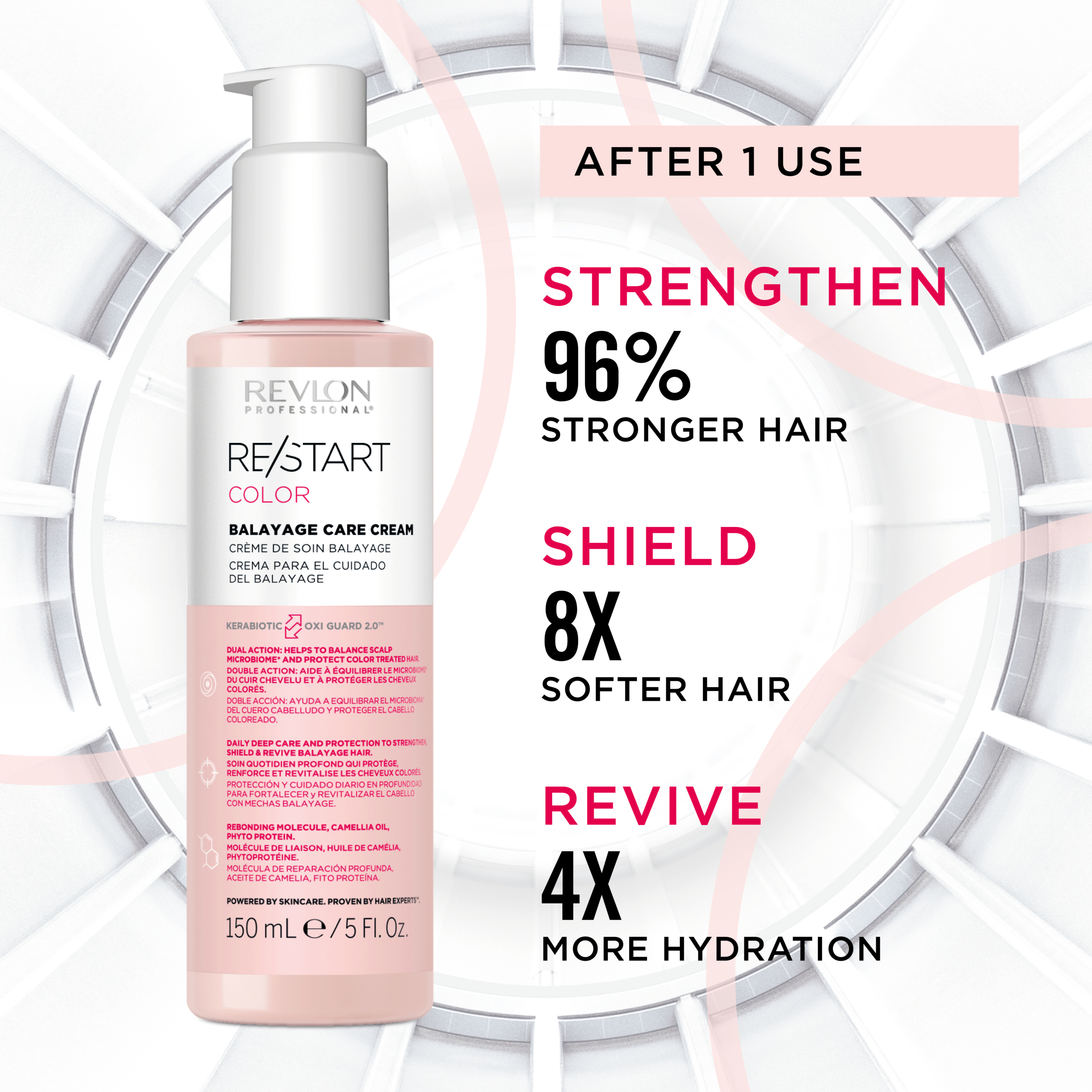
Remember: When it comes to perfecting this color application technique, practice makes perfect! Trust your artistic intuition and training, and you’ll be a balayage pro in no time! It’s crucial to always continue training, so that you can offer your clients only the latest and greatest methods in balayage hair color.


